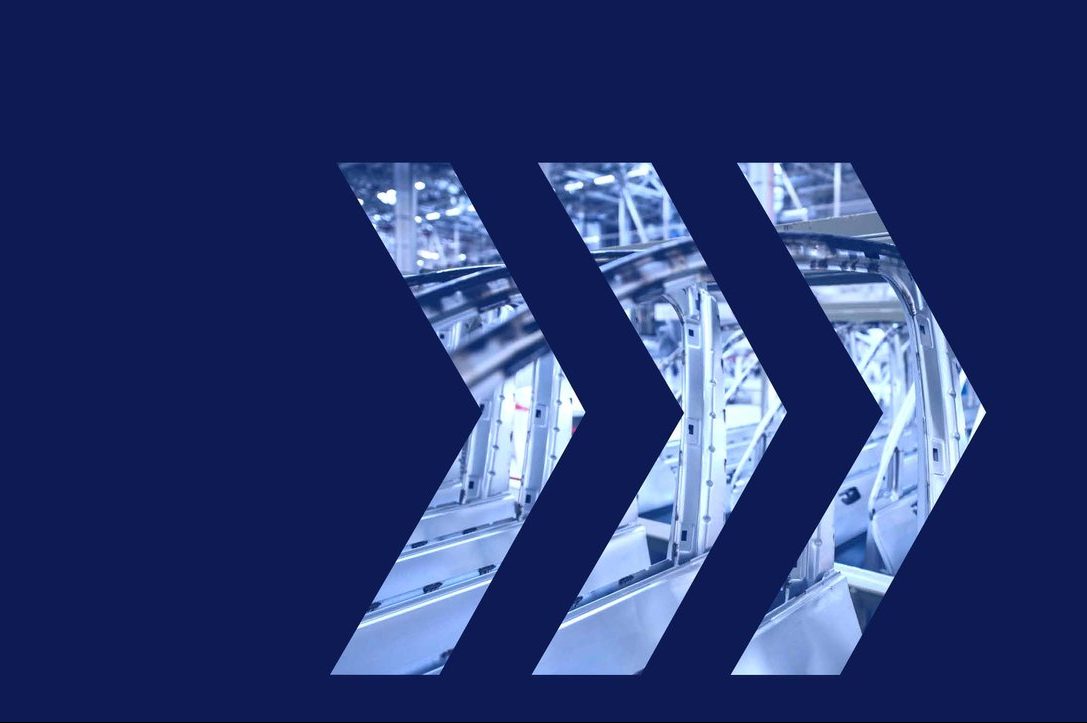In an age when industries can be born, unrecognisably changed or destroyed in a day, organisations have to be pretty hardy. To withstand the disruption coming from every angle, today’s businesses must use everything in their armoury – not just by taking advantage of the latest technology, but by understanding, changing in line with, and empowering their people.
Complexity is rife in our current commercial environment. Decisions need to be made faster, products brought to market quicker, as organisations strive to keep pace with the changing needs and behaviours of customers (not to mention deal with global threats, both natural and man-made). Fast adaptation is clearly crucial. A recent study from the IBM Institute for Business Value showed that the CEOs of outperforming organisations were putting a clear focus on technology – in particular cloud, AI and the Internet of Things (IoT) – to increase their company’s adaptability and resilience, and secure the future.
Another CEO study, which surveyed 305 chief executives of Forbes Global 2000 companies, looked into how the major challenges faced by today’s leaders have operated as a platform for growth and opportunity. Director of Global Insights at EY’s Research Institute, John de Yonge, said of this research: “We believe a new DNA for successful enterprises is emerging, built around human-centred transformations that break down silos.”
When viewed as an interconnected system – rather than a linear collection of parts – the organisation itself becomes more aware, more intelligent.
The old, traditional way of running a large organisation is no longer fit for purpose. The only way to combat the complexity outside the company is (perhaps paradoxically) to match it with complexity inside the company. That is to say; when viewed as an interconnected system – rather than a linear collection of parts – the organisation itself becomes more aware, more intelligent. By acknowledging and then using to full advantage the relationships and connections between all the parts, an organisation can enjoy the free flow of knowledge, ensuring the right people have the right information, just when they need it.
Defining organisational intelligence
In understanding what makes up an intelligent organisation, it’s helpful to consider systems theory – the study of interrelated, interdependent parts as a cohesive whole – and its application to organisational design.
An article from The Systems Thinker explains it neatly as “With systems thinking, managers and designers learn how the parts of their organisation interact, not how they perform independently. Otherwise, unintended consequences may emerge as changes made within one part of the system may adversely affect other parts.”
To understand what is going on around us, our minds use different methods of reasoning: deductive – based on facts; inductive – based on observation; and abductive – drawing a likely conclusion from known information. The article continues: “Abductive reasoning is the act of creatively thinking about what can be done with the data in order to orient it to the current environment …neither analytic nor intuitive thinking alone is enough to sustain competitive advantage since each, while providing tremendous strength, also creates systemic weakness if applied in isolation.”
What does this look like for real-world businesses? Our definition is that, by viewing itself as a system, the intelligent organisation combines a decentralised culture with data-led decision making, augmented networks and operational automation to deliver intelligent customer experiences at every point of interaction.
The true power of information technology
Crucially, the balancing act of centralising around a clear strategic direction with creating an autonomous workforce is made possible through the integration of automation and self-learning technologies – and clever use of data – into the overall model of management.
Frictionless, fast and integrated transactions between vendors, employees, and customers are as important as good data itself.
The world of business has never been as fast as it is today, and it will never be this slow again. So, for the intelligent organisation, frictionless, fast and integrated transactions between vendors, employees, and customers are as important as good data itself.
Friction and disconnects – from inconsistent data between departments, slow interfaces and clunky transfers, to insufficient reporting capabilities and lack of access to critical data – ultimately move outside internal departments and adversely affect the customer experience, product development and business interactions. Embracing technology, and using it to its fullest advantage, is not a nice-to-have: it’s crucial for any company looking to survive.
“Cloud is the enabler, data is the driver, and AI is the differentiator.”
In a recent Fortune interview, Julie Sweet, CEO of Accenture, hit the nail on the head when she discussed what drives businesses today, with the above quote being “a truism that has redefined the digital landscape.”
With the cloud’s potential to unlock $1trillion in business, it is not surprising that most enterprises aim to have the majority of their IT hosting migrated by 2024. First, however, it is essential to understand the entire digital ‘cloudscape’ and the roles of the technology within.
Lower costs with scalable cloud infrastructure
First, the cloud provides lower technology costs via scale – either through a hyperscaler (e.g., AWS) or through dedicated cloud providers such as NTT DATA. Cloud solutions allow more frequent updates than most companies do on their own, strengthening security. The cloud also keeps customers current and allows them to leverage technology faster and cheaper.
Accurate data at your fingertips to pivot quickly
I cannot overstate the importance of data as the driver of business decisions. To behave intelligently, an organisation’s data must be consistent, allow high-speed transactions, and give real-time information to everyone in the business. Simply put: the better your data, the faster you can spot trends and manoeuvre the business. The intelligent organisation will leverage integrated and robust systems to ensure real-time, accurate, single-source-of-truth data.
Using AI to continually improve experiences for customers and employees
There are many misconceptions about AI, but its utility is unquestionable. Many people are unsure of, or even intimidated by it. I have found a useful way to think about AI is to define it as simply ‘automated assistance’. For me, this means mundane and repetitive business transactions can be automated to reduce friction for customers and enrich the experience for employees.
One example is allowing customers to review their order status via a system (with no human intervention). This reduces customer service costs of course, as well as improving the experience through real-time access for customers, and freeing up employee time to focus on more rewarding and creative tasks.
In sum, the more a company can automate their business processes via AI, the lower their costs and the higher their customer and employee satisfaction. And the quicker they can become an intelligent organisation.
Creating competitive advantage
Intelligent organisations deliver more value, to all stakeholders, at a lower cost. With 86% of companies struggling to manage the data within their business, according to recent research, those organisations that can get ahead now – leveraging technology to fully enable their workforce – will have a clear and powerful advantage.
Being an intelligent organisation means that you are able to respond strategically to changes in the market, big and small. The Covid-19 pandemic has, throughout the world, sped up the need for businesses to digitally transform, with reports of several years’ worth of technology changes introduced by intelligent enterprises in a matter of months.
Amongst the rapidly-adopted changes were: a surge in buying online; the need for better supply chain planning and execution; face-to-face selling and marketing going virtual; and a drop in demand for physical office premises. These ‘Covid effects’ are here to stay – and will continue to change at rapid speed.
One way in which we manage this internally is through cloud-based software which allows us to continuously monitor our customers’ needs and buying patterns. Using SAP’s Analytics Cloud, we have accurate data with which to steer NTT DATA Business Solutions’ own business, and that of our clients.
The future, today
Becoming a truly intelligent organisation requires CEOs to accept that the commercial landscape has irreversibly changed, and that fundamentally different ways of managing large organisations are called for.
No longer is IT a standalone department of the organisation; it is the key to unlocking the potential within the minds of employees and the masses of valuable data the business processes every day.
Technology is the enabler for this intelligent transformation, and no longer is IT a standalone department of the organisation; it is the key to unlocking the potential within the minds of employees and the masses of valuable data the business processes every day. By helping employees to share knowledge – through real-time data, intelligent technologies and a flat, open culture – the organisation can use that knowledge strategically to respond to threats and opportunities. Structured in this way, even in the most disruptive environments, savvy businesses will stay the course.
As part of the NTT family, we keep a constant view of what is on the horizon – both in business and in society – so we can better plan for it today. Those who are leading today’s best-performing organisations recognise that action must be taken right now, if you want to shape the future.

















































